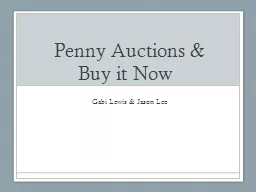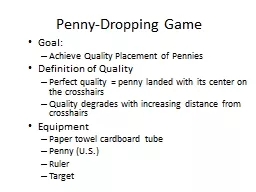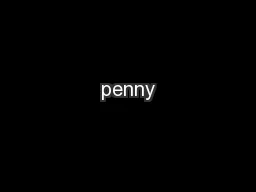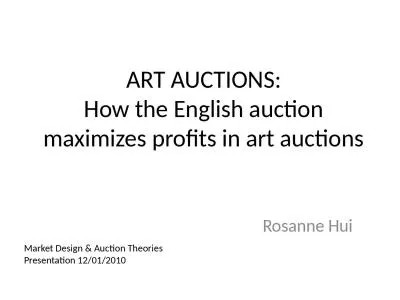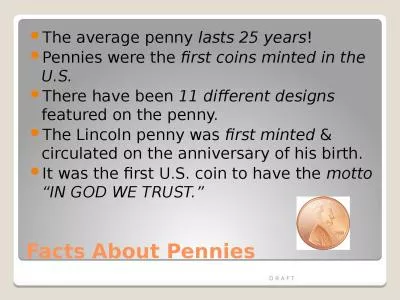PPT-Penny Auctions &
Author : natalia-silvester | Published Date : 2015-10-27
Buy it Now Gabi Lewis amp Jason Lee What are Penny Auctions Win an Ipad for 40 Auction Format Bid packages bid fees price increments timer Auction or Lottery Winner
Presentation Embed Code
Download Presentation
Download Presentation The PPT/PDF document "Penny Auctions &" is the property of its rightful owner. Permission is granted to download and print the materials on this website for personal, non-commercial use only, and to display it on your personal computer provided you do not modify the materials and that you retain all copyright notices contained in the materials. By downloading content from our website, you accept the terms of this agreement.
Penny Auctions &: Transcript
Download Rules Of Document
"Penny Auctions &"The content belongs to its owner. You may download and print it for personal use, without modification, and keep all copyright notices. By downloading, you agree to these terms.
Related Documents

